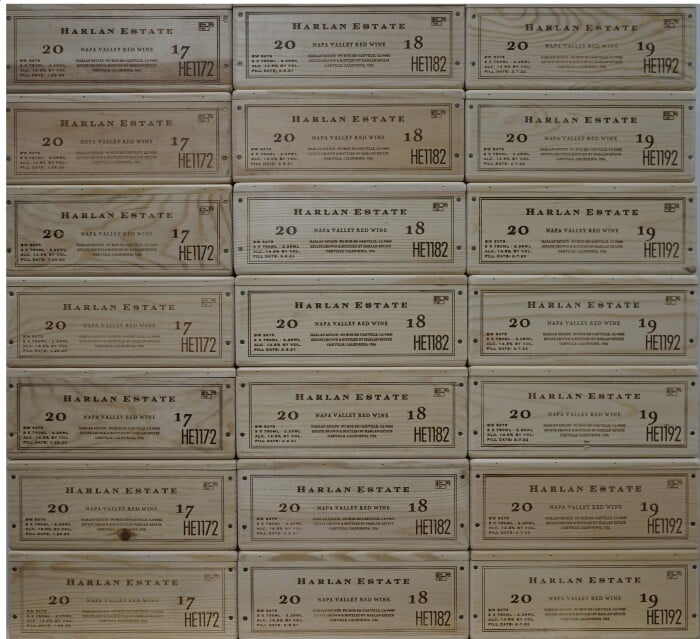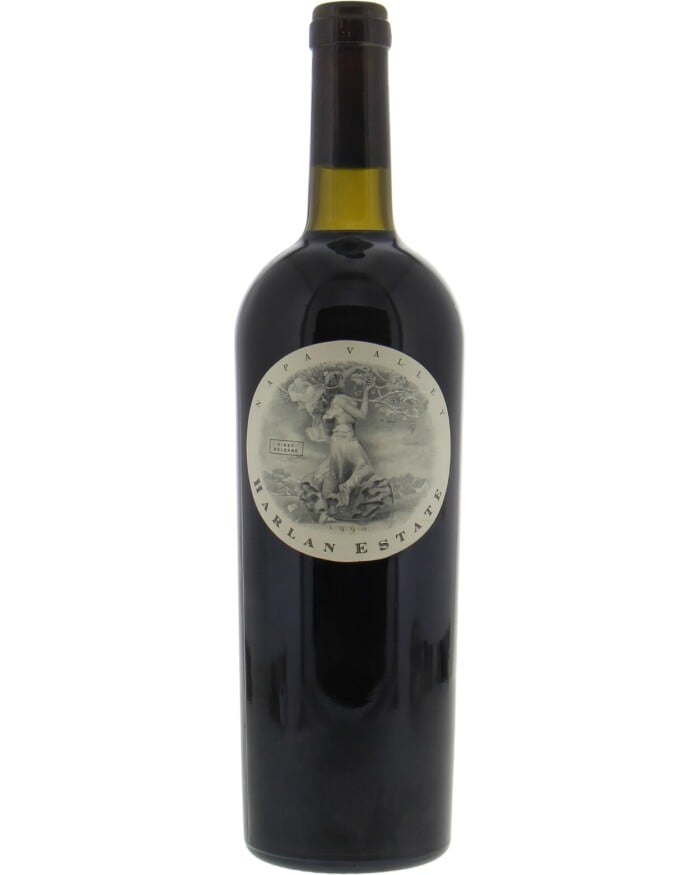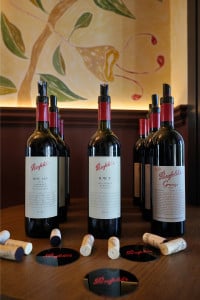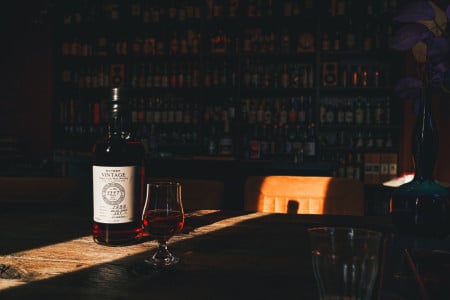With its top-class Bordeaux wine blends, the Californian winery Harlan Estate catapulted itself to the wine Olympus in a very short space of time in the 1990s thanks to fantastic ratings. The flagship Harlan Estate cuvée has long since become a true legend. The second wine, ‘The Maiden’, is no less famous.
But who is actually behind the Harlan Estate legend? Who makes these great wines, which are very difficult to get hold of because only a few merchants in the world even get an allotment? Read on and find out all the important facts about the cult winery!







